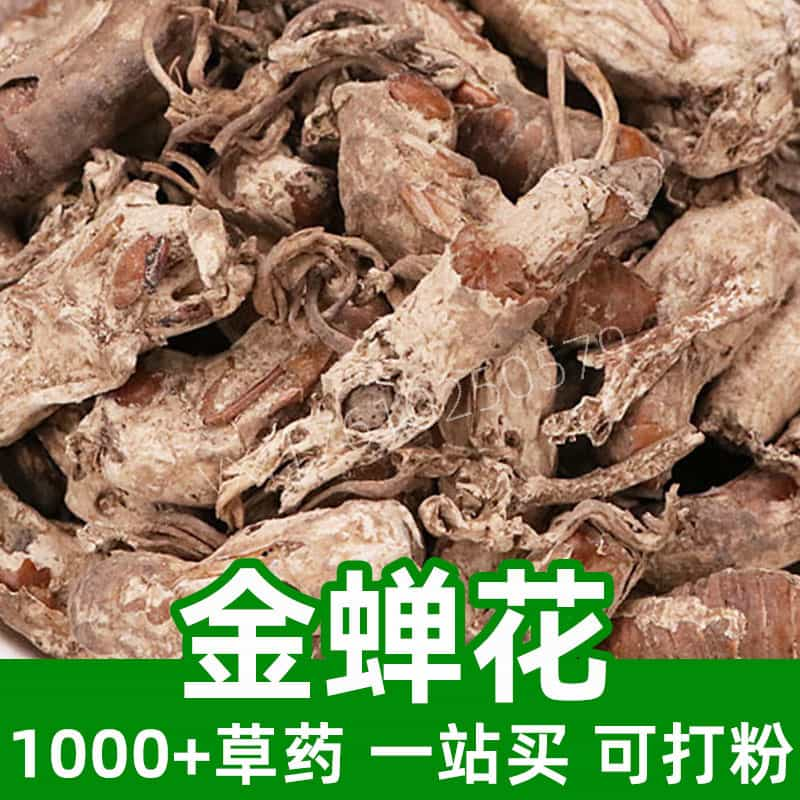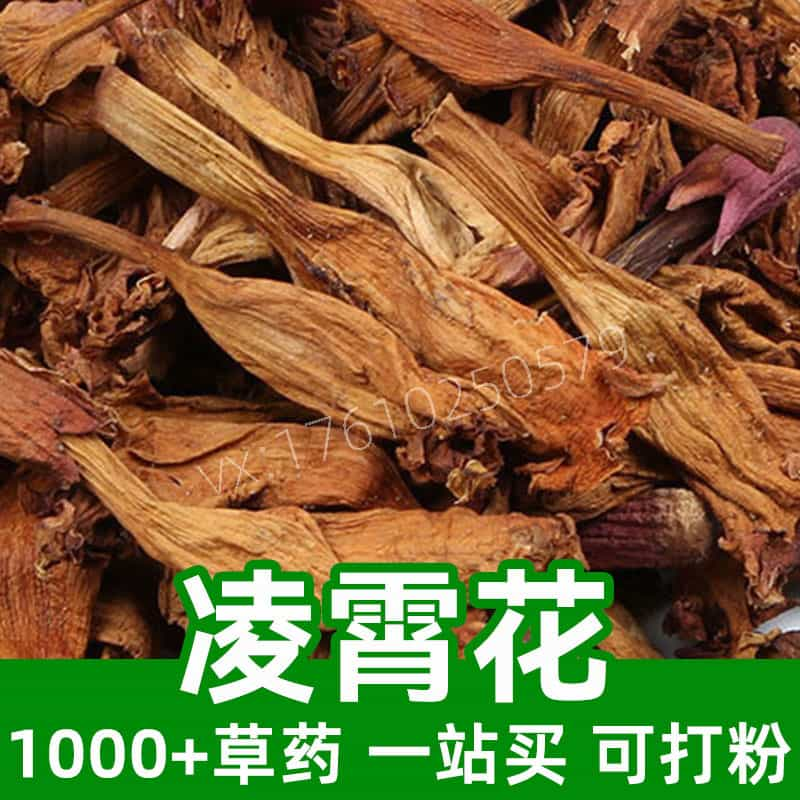Introduction to Chinese Clematis Products
Chinese Clematis, also known as Diding and Gujiu, is a perennial herbaceous plant. Its root contains a variety of active ingredients, including clematine and clematol. Chinese Clematis is mainly distributed in Europe, Asia, and North America and often grows by riversides, grasslands, and hillsides. In the field of traditional Chinese medicine, Chinese Clematis is widely used for sedation, calming the mind, relieving anxiety, improving sleep, etc., and is also commonly used in Western medicine to treat anxiety, insomnia, and other neurological diseases.
Main Active Ingredients of Chinese Clematis
Application Scenarios and Dosage of Chinese Clematis
As a traditional Chinese herb with sedative and calming effects, Chinese Clematis has a wide range of applications. The following are the main application scenarios and dosage of Chinese Clematis in traditional Chinese medicine and the food industry:
Application in Traditional Chinese Medicine
- Sedation and Calming: Chinese Clematis is widely used in traditional Chinese medicine for sedation, calming the mind, and relieving anxiety.
- Treating Insomnia: It is often used to treat insomnia caused by emotional imbalance, promoting sleep and improving sleep quality.
- Regulating Emotions: Chinese Clematis helps to calm emotions and relieve symptoms such as tension, anxiety, and emotional instability.
- Relieving Neurasthenia: It has a certain relieving effect on symptoms such as dizziness, headache, and lack of concentration caused by mental exhaustion.
Dosage
- Decoction for Drinking: The dried rhizome of Chinese Clematis is commonly used as medicine, with a general dosage of 3-10 grams, decocted in water for drinking.
- Tea for Drinking: Chinese Clematis can also be made into a tea, with each dose being 3-5 grams, brewed with water, and the dosage can be adjusted as needed.
Application in the Food Industry
- Functional Tea Drinks: Chinese Clematis is also commonly used in the food industry to make functional tea drinks. For example, Chinese Clematis combined with other herbs can be made into calming tea and sleep aid tea, which have the effects of regulating emotions and promoting sleep.
- Health Foods: Chinese Clematis extract can also be used to make health foods, such as Chinese Clematis oral liquid and Chinese Clematis capsules, which are used to improve sleep quality and relieve tension.
Dosage Control
- The dosage needs to be adjusted appropriately for people of different ages and constitutions.
- Chinese Clematis should be used under medical advice and should not be used continuously for a long time to avoid drug dependence or resistance.
In summary, as a traditional Chinese herb, Chinese Clematis has important application value in traditional Chinese medicine and the food industry. During use, the dosage should be reasonably adjusted according to individual circumstances, and medical advice should be followed to ensure that its effects are exerted safely and effectively.
Introduction to Chinese Clematis Source Plants, Distribution, and Growth Environment
Chinese Clematis (scientific name: Valeriana officinalis) is a perennial herbaceous plant of the Umbelliferae family and the genus Chinese Clematis, which is commonly used as a medicinal material in traditional Chinese medicine. The following is detailed information about the source plants, distribution, and growth environment of Chinese Clematis:
Plant Characteristics
- Chinese Clematis is a perennial herbaceous plant with a tuberous rhizome, with a general height of 60-120 centimeters.
- Its root is developed with a unique odor, the stem is erect, the leaves are alternate, pinnately compound, the leaflets are opposite, the flowers are small, white or pale purple, and fragrant.
Distribution
- Chinese Clematis is native to Europe, Asia, and North America and is widely distributed in temperate and cold regions, including the European continent, North America, and Asia.
- In Europe, Chinese Clematis is mainly distributed in countries such as the UK, France, Germany, Switzerland, and Italy, commonly found by riversides, forest edges, hillsides, and grasslands.
- In Asia, Chinese Clematis is distributed in countries such as China, Russia, and Japan, commonly found in mountains, meadows, and forest edges.
Growth Environment
- Chinese Clematis prefers to grow in environments with sufficient sunlight, moisture, and good drainage. It is not demanding on soil and has strong adaptability.
- It generally grows in mountainous areas, hillsides, valleys, forest edges, and grasslands below 1000 meters above sea level, commonly found by riversides and in moist environments.
- It is not demanding on soil and can grow in different types of soil such as loose and fertile sandy loam or swamps.
Reproduction Method
- Chinese Clematis is mainly propagated by seeds and can also be propagated by dividing rhizomes.
- Seed sowing is generally carried out in spring, and after sowing, the soil should be kept moist. Suitable temperature and light are conducive to seed germination and growth.
- Rhizome division involves dividing the mature Chinese Clematis rhizome into several sections and then replanting them into new soil, which is conducive to rapidly expanding the planting scale.
In summary, Chinese Clematis is an important perennial herbaceous plant mainly distributed in the temperate and cold regions of Europe, Asia, and North America. It prefers to grow in environments with sufficient sunlight and moisture, is not demanding on soil, and can adapt to different types of soil. It is commonly found in mountainous areas, riversides, moist grasslands, and forest edges.
Harvesting, Processing, and Storage of Chinese Clematis
Chinese Clematis is a commonly used Chinese medicinal material, and its harvesting, processing, and storage are crucial for maintaining its medicinal effects. The following is detailed information about the harvesting, processing, and storage of Chinese Clematis:
Harvesting Time
- The medicinal part of Chinese Clematis is mainly the rhizome, which is generally harvested before the plant blooms or after the flowering period, usually in spring or autumn.
Harvesting Method
- Careful excavation is required during harvesting to try to keep the rhizome intact and avoid damage.
- After harvesting, the rhizome should be washed, impurities removed, and then dried until eight-tenths dry. Overdrying should be avoided as it may affect the medicinal effect.
Processing
- After harvesting, Chinese Clematis needs to be processed, generally by cutting it into sections or slices for drying and storage.
- During processing, care should be taken not to damage the medicinal components of the rhizome and to try to maintain its integrity.
Drying Method
- Processed Chinese Clematis should be placed in a well-ventilated and dry place for drying, protected from direct sunlight and humid environments.
- It can be naturally dried in a cool and ventilated place or accelerated by low-temperature drying.
Storage Method
- Dried Chinese Clematis should be stored in a dry and ventilated environment, protected from direct sunlight and humidity.
- It can be placed in a dry sealed container to prevent moisture intrusion and should also be kept away from substances with strong odors.
Storage Period
- Dried Chinese Clematis can generally be stored for 1-2 years, but it needs to be checked regularly. If insect damage or mold is found, it should be dealt with or replaced in time.
Precautions
- During harvesting, processing, and storage, attention should be paid to hygiene to avoid contamination and the mixing of foreign objects, which may affect the quality and medicinal effect of the medicinal material.
In summary, the harvesting, processing, and storage of Chinese Clematis require attention to factors such as harvesting time, harvesting method, processing, drying method, storage method, and storage period. Only by strictly following the specifications can the quality and medicinal effect of Chinese Clematis medicinal materials be guaranteed.
Monica Sun is a seasoned expert in the natural raw materials industry, with over a decade of experience specializing in traditional Chinese medicinal herbs, spices, and fungi. She is skilled in the sourcing, processing, and application of these materials, emphasizing sustainability and innovation. Monica Sun has contributed to the development of high-quality natural raw materials that serve as essential components in functional foods, pharmaceuticals, and cosmetics, delivering tailored solutions to meet diverse market needs.













